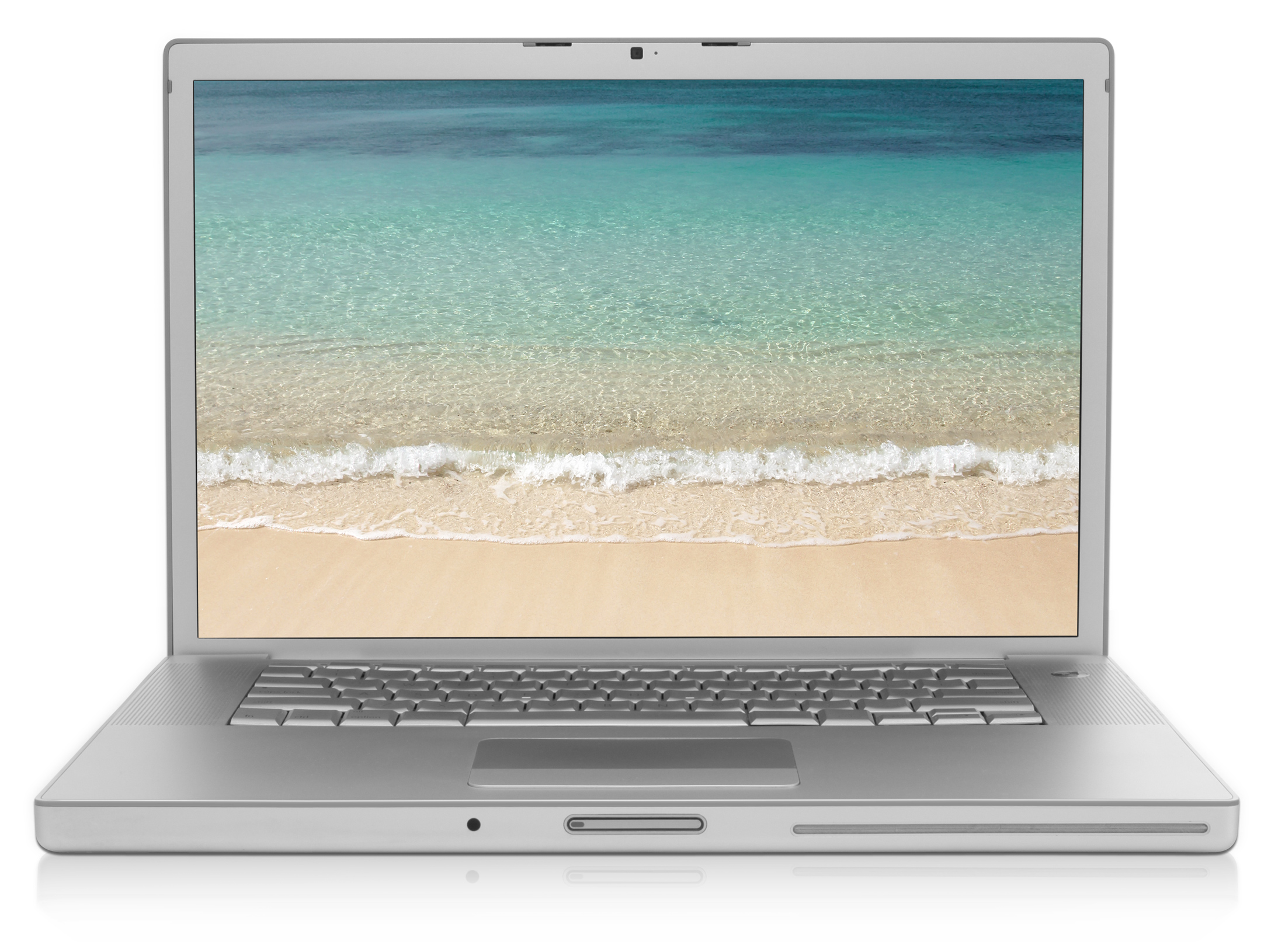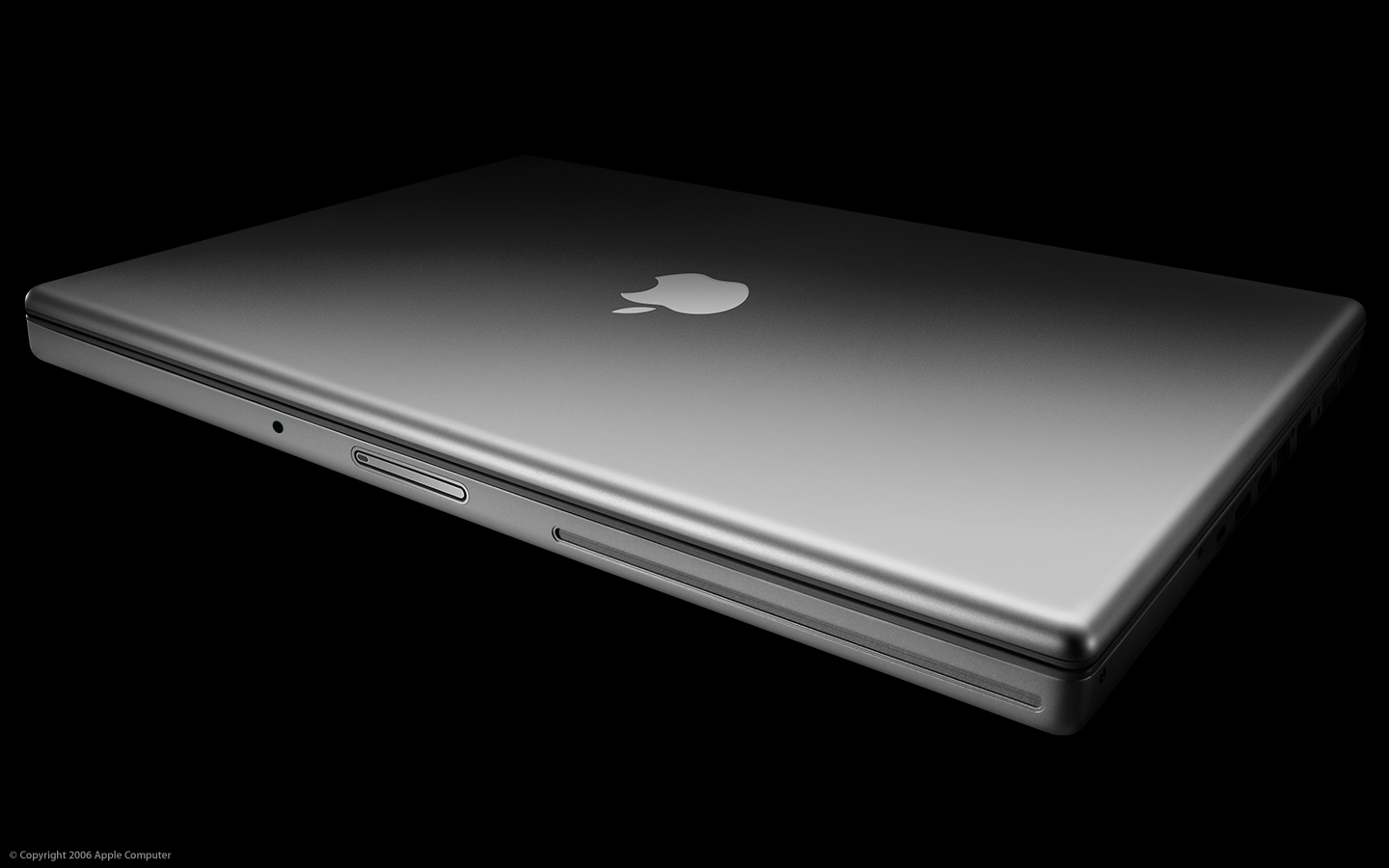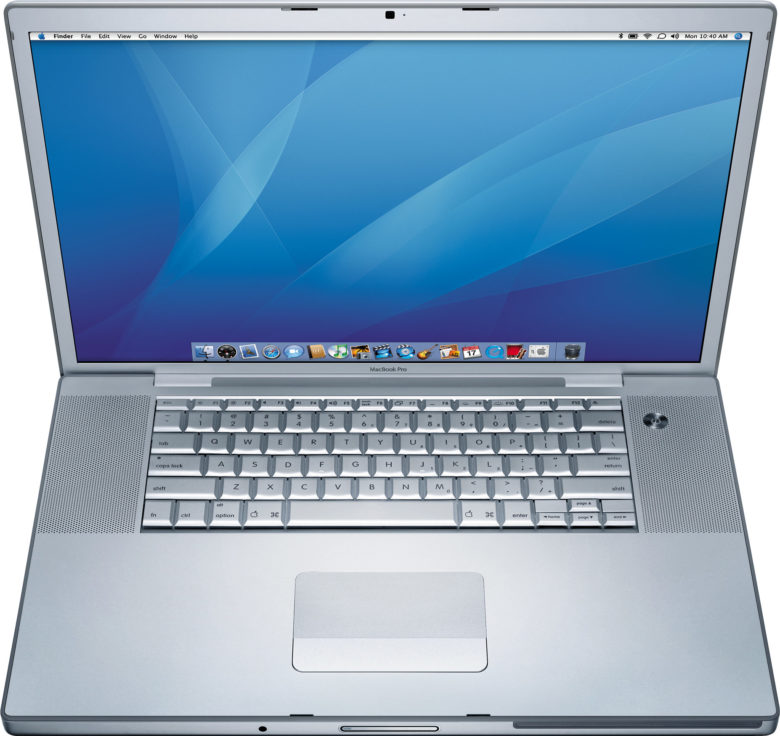On January 10, 2006, the then CEO of Apple Steve Jobs introduced the world to the first fifteen-inch MacBook Pro. At the time, it was the thinnest, lightest, and at the same time the fastest laptop ever produced by the Apple company.
The beginning of a new era
The predecessor of the MacBook Pro was a laptop called the PowerBook G4. The PowerBook series was on sale from 2001 to 2006 and was a laptop with a titanium (and later aluminum) construction, worked on by the trio AIM (Apple Inc./IBM/Motorola). The PowerBook G4 celebrated success not only thanks to its design - users also praised its performance and battery life.
While the PowerBook G4 was equipped with a PowerPC processor, the new MacBooks, released in 2006, already boasted dual-core Intel x86 processors and power via the new MagSafe connector. And Apple's transition to processors from Intel was a highly discussed matter immediately after Steve Jobs unveiled a new line of Apple laptops at the San Francisco Macworld conference. Among other things, Apple made the change quite clear by getting rid of the name PowerBook, which it had used for its laptops since 1991 (in the beginning it was the name Macintosh Powerbook).
Despite the skeptics
But not everyone was excited about the name change - after the launch of the MacBook Pro, there were voices that Steve Jobs showed a lack of respect for the company's history by changing the name. But there was absolutely no reason for any skepticism. In the spirit of its philosophy, Apple has carefully ensured that the new MacBook Pro is a more than worthy successor to the discontinued PowerBook. The MacBook was launched with even better performance than originally announced, while maintaining the same retail price.
At $1999, the first MacBook Pro offered a 1,83 GHz CPU instead of the originally announced 1,68 GHz, while the high-end $2499 version boasted a 2,0 GHz CPU. The MacBook Pro's dual-core processor offered five times the performance of its predecessor.
Revolutionary MagSafe and other novelties
One of the revolutionary innovations accompanying the launch of the new MacBook Pros was the MagSafe connector. Thanks to its magnetic end, it was able to prevent more than one accident in the event that someone or something interfered with the cable connected to the laptop. Apple borrowed the magnetic connection concept from kitchen equipment manufacturers, where this improvement also fulfilled its safety function. One of the wonderful features of the MagSafe connector was the reversibility of its end, thanks to which users did not have to worry about how to turn the connector when plugging it into the socket. In short, both positions were correct. The first MacBook Pro also had a 15,4-inch wide-angle LCD display with a built-in iSight camera.
The future of MacBook Pro
In April 2006, the 2012-inch MacBook Pro was followed by a larger, 2008-inch version that was on sale until June 5. Over time, the design of the MacBook Pro ceased to resemble the previous PowerBook, and in 7 Apple switched to unibody models, made from a single piece of aluminum. In later years, MacBook Pros received improvements in the form of Intel Core i2016 and iXNUMX processors, support for Thunderbolt technology, and later Retina displays. Since XNUMX, the latest MacBook Pros have been proud of the Touch Bar and Touch ID sensor.
Have you ever owned a MacBook Pro? Do you think Apple is heading in the right direction in this field?




I use the latest MacBook Pro 15 model for business.
- It's the latest one with the horrible name TouchBar and a crazy keyboard where the keys are hard to tell apart by touch - no, even after using it for a long time I didn't get used to either of them, the TouchBar has absolutely no real benefit for me (not even for editing videos and image editing, it's all just for fun)
– On the other hand, the touch-pad is amazing!
– The USB-C ports are starting to get noticeably wonky as I plug and unplug them many times a day – over time I imagine problems will start
– I own a whole collection of USB-C adapters worth many thousands of crowns, otherwise the laptop is completely unusable
– In terms of performance, it's great, I can hardly hear the fans
– After about half a year, the battery lasts about 4 hours during normal work (Xcode, Android Studio, IntelliJ, Office, Browser, virtual corporate Widle 7 in Fusion)
How private I own the latest MacBook Pro 15 without TouchBar
– The keyboard is great, the touchpad worse
– But it is totally untuned in terms of performance, the fans hardly stop, it overheats
– MagSafe 2 is priceless – unlike USB-C, it is eternal
– After about 2 years of having it, it lasts about 2 hours on a battery (comparable load as the work one, instead of XCode and Android Studio, I often run some kind of video rendering – ScreenFlow or FinalCutX, instead of Fusion Virtual Box)
And to make matters worse, last week a very handy person repaired my old MacBook Pro 17, 8GB i7, mid 2010 (according to Apple, the mainboard and the display went away; Apple refused to deal with it - said to be beyond repair; in fact, it was just power chip on the mainboard for a few crowns).
– So I was not lazy, threw MacOS High Sierra on it and deliberately started using it for comparison
– And the result is quite surprising: I expected it to be practically unusable, but it is not
– The performance is subjectively comparable to both newer models for my normal work, but of course the technological progress is noticeable
– Access to the disk is an order of magnitude slower (there is a quality SSD, but only SATA1, I think), so even applications start noticeably slower
– With FinalCutX, the difference is really striking, but again it doesn't get so hot (the new model threatens to heat up)
– I don't notice any difference in speed for my programming work
– The fans start significantly less than in the 2015 model, but more than in the last model that I have as a work
– The 17” display is a real advantage – I squeeze the browser and the development environment next to each other when debugging
– On the other hand, it does not support 4k on the outputs
– It has all the connectors I need
– Duration at +/- comparable load is approx. 3 hours (which is really admirable for an 8-year-old battery; yes, it lasts longer than a 2-year-old model from 2015)
Conclusion from the parallel use of three different models:
– Apple's build quality is indisputable
– Performance increases slightly (yes, correctly set benchmarks regularly show performance increases, but I don't care, it's about my comfort with my work style and I don't notice a significant difference there)
– Not much technological progress, for me perhaps only the speed of connecting SSD disks and support for 4k video
– Innovations, in my subjective opinion, worsen user comfort (it seems to me that Apple is trying to differentiate itself at all costs and the results are counterproductive)
– Repairability and extensibility literally go to hell
– Connectivity is really sad
– Effective battery life decreases
I'll probably try to sell the 2015 model, I'll keep using the 2010 model and wait for Apple to come to their senses and cancel the TouchBar, just for an extra fee (17" screens would be great, but that's probably not to be expected, the target group is 17" probably doesn't need it).
I was switching to a first model MacBook Pro from a Powerbook G4. It was a leap beyond belief, everything was faster, Magsafe was brilliant... I think whoever tried it never even thought of regretting switching from G4 to Intel.
I had a PowerBook G4 and then a MacBook Pro late 2008 and the difference was huge, like from another planet. Now I have a MacBook Pro 2016 13″ and again it's a huge difference, I'm just worried about the durability. I switched to the MBP 2016 directly from the MBP 2008, where I had the original RAM expanded to 8 GB, the HDD was replaced with an SSD, and the original HDD went into the frame instead of the unnecessary DVD drive, and I changed the battery once, after about five years. My new MBP won't allow me to replace anything, so the question is whether it will last me eight years or less. At least if the battery was easily replaceable, when you can no longer replace the RAM and disk...